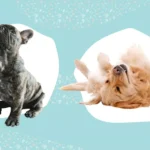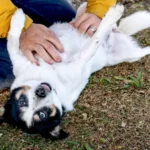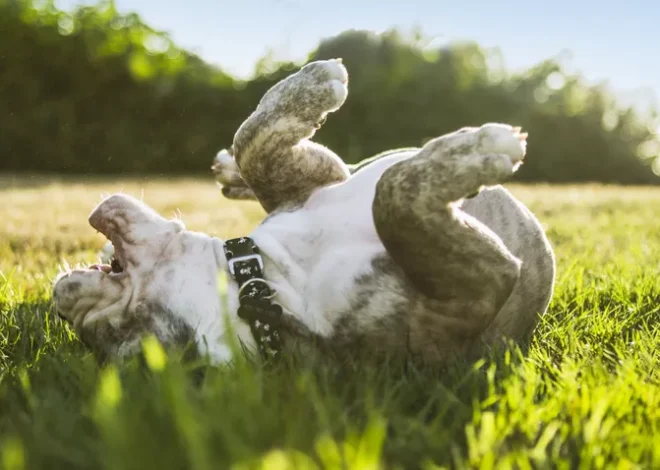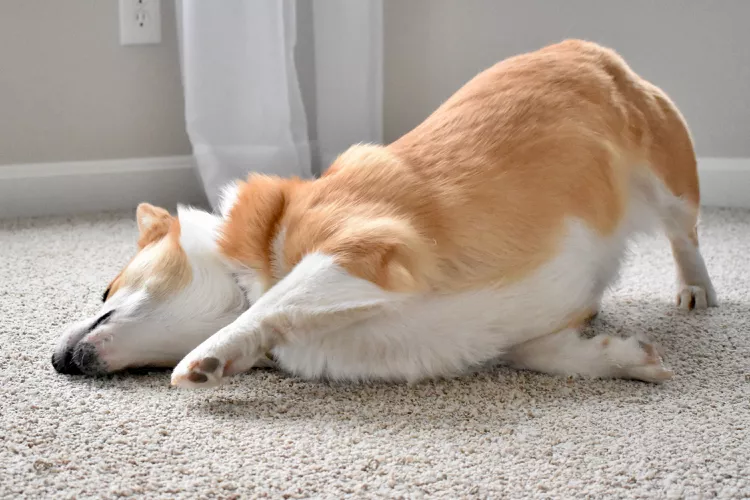
Why Do Dogs Rub Their Faces? Decoding This Fascinating Canine Behavior
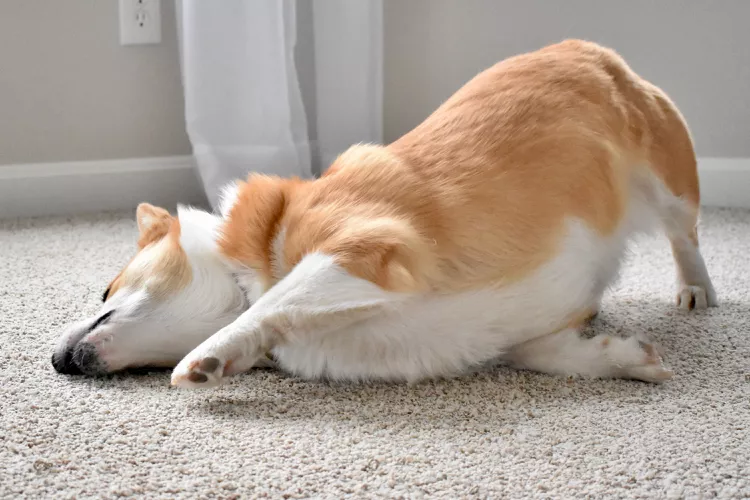
Dogs have a unique way of communicating and interacting with their environment, and face rubbing is one of their most intriguing behaviors. While sometimes adorable, this action can also signal important health concerns that pet owners should understand.
The Many Reasons Behind Face Rubbing
Dogs rub their faces for various reasons, ranging from simple comfort to potential medical issues. Understanding these motivations can help you provide better care for your furry companion.
Health-Related Causes
- Allergy Indicators
- Environmental allergens like dust, pollen, or grass can cause skin inflammation
- Look for additional symptoms such as:
- Itchy ears
- Irritated paws
- Skin redness or hives
- Parasitic Irritations
- Fleas, ticks, and mites can cause intense itching
- Regular preventative medications are crucial
- Consult a veterinarian if excessive scratching occurs
- Potential Medical Concerns
- Dental pain can trigger face rubbing
- Eye irritations might cause discomfort
- Rare conditions like low calcium levels can manifest through face rubbing
Behavioral and Comfort Reasons
- Sensory Exploration
- Dogs have an extraordinary sense of smell
- Rubbing faces on objects can be a way of experiencing interesting scents
- May be attracted to smells humans cannot detect
- Territorial Marking
- Face rubbing can leave invisible scent markers
- A natural instinct to claim territory
- Communicates with other dogs through pheromones
- Pure Enjoyment
- Sometimes, face rubbing simply feels good
- Different textures provide sensory pleasure
- Similar to how humans enjoy certain tactile sensations
When to Seek Veterinary Attention
While occasional face rubbing is normal, persistent or aggressive rubbing might indicate:
- Persistent itching
- Potential infections
- Underlying health issues
- Neurological concerns
Red Flags to Watch For:
- Continuous face rubbing
- Signs of pain
- Changes in eating habits
- Visible skin irritation
- Behavioral changes
Practical Tips for Pet Owners
- Observe your dog’s face-rubbing patterns
- Check for external irritants like collar tightness
- Maintain regular veterinary check-ups
- Use preventative medications
- Keep your dog’s environment clean
Conclusion
Face rubbing is a complex behavior that can reveal much about your dog’s physical and emotional state. By paying attention to the context and frequency of this action, you can ensure your pet remains healthy and comfortable.
Always consult with a professional veterinarian for personalized advice about your dog’s specific health needs.






